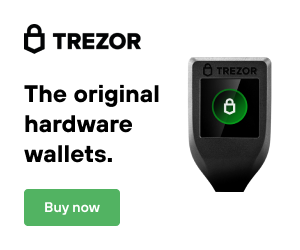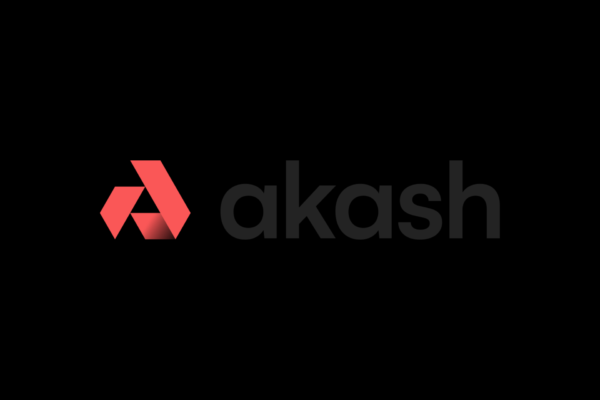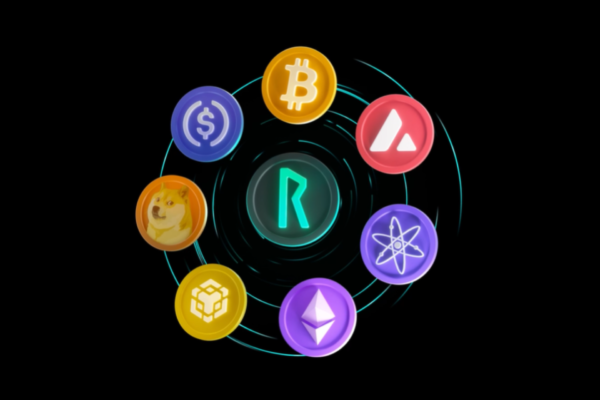Staking rewards are the Cryptocurrency equivalent to dividends in the stock market
To adequately explain staking, we must first discuss dividends in the stock market world. Dividends are rewards given to shareholders for buying and holding a particular stock. When a company offers dividends, it usually means they are financially thriving. Dividends have two main types: cash dividends and stock dividends.
Cash dividends offer cash rewards on set intervals, monthly or quarterly, as a set amount per share owned. For example, if a company offers an investor 5 cents for every share owned and an individual investor owns 100 shares, the investor would receive $5.00 at whatever interval the company sets[1]. Dividends are also a way to increase the price of a given stock as they reward not selling and larger purchases of shares.
Stock dividends are when an investor receives a stock instead of cash as a reward. Like cash dividends, it would be based on a specific percentage reward over a certain time period. If an investor were to receive a 5% stock dividend on 100 shares of a stock, that investor would get five shares (instead of cash) per the set time interval.
Dividends are widely used as a source of passive income and as a method to accumulate wealth over time. Since interested parties can reinvest dividends to either own more shares directly or convert the cash reward into more shares, dividends present a definite upside[1]. There are also some downsides to dividends. The first is that it isn’t “free money”. It is paid out from the stock price. Example: If a stock offers a 0.50 dividend quarterly, and the stock closes at $50 on the night of the dividend payout, then the stock will open the next day at $49.50.

In the world of crypto assets, staking draws many similarities to dividends in the eyes of an investor. Staking is the process of setting aside a certain amount of cryptocurrency holdings to become an active validating node on a blockchain network. As a reward for contributing to the approval and verifications on a blockchain, investors can earn rewards or interest in their crypto assets. Much like a dividend, staking gives investors a source of passive income and a method to accumulate more crypto assets. Staking also provides a similar downside risk as dividends; if the crypto in question drops in value, so does staking value in most cases.
Staking differs from dividends because all active staking initiatives only reward more of the given crypto, with no cash reward option currently available. However, this can conceivably change over time, as the concept of staking is still relatively new. Generally, this is how staking works. If an investor stakes 100 shares of a crypto asset for 12.5% per month, in return, the investor would receive 12.5 of that given asset per month. Below are staking rewards on the kraken exchange. Kraken offers staking directly on chain for its users, this is helpful for those that do not wish to worry about using decentralized applications themselves.
Staking varies highly based on the crypto project. Each project offers different rewards, time frames, and lock-up periods. Lock-up periods are when a holder agrees to lock an asset for a given amount of time for a set reward. An example of this is gaining 12.5%APY for a 90-day lock. The crypto cannot be touched during this lock period, even if the value were to drop substantially. Many projects allow holders to “un-stake” at any time, instantly receiving the assets for either sale of the asset or other alternative investment options. This feature is perceived as compelling as it provides more flexibility and liquidation options for the investor.
The cryptocurrency industry is beginning to see an increase in staking options, primarily due to inefficient energy consumption with proof-of-work blockchain protocols, like Bitcoin (BTC) and Ethereum (ETH). Proof-of-work, explained in our Bitcoin article, generally requires more energy to verify its network. In contrast, Proof-of-stake uses proof of ownership of an asset as validation instead of proof of mathematical work accomplished by computers. As a result, proof-of-stake uses only a fraction of the energy compared to proof-of-work.
Ethereum (ETH), an existing blockchain protocol with a thriving ecosystem, is built on a proof-of-work protocol. Due to the limitations of proof-of-work network validation, Ethereum has experienced scaling inefficiencies, ultimately resulting in high processing fees for the network’s end-users. To solve the issue, Ethereum will convert its blockchain to proof-of-stake by late 2021 to early 2022, a move that’s been titled “Ethereum 2.0”. Investors of the popular blockchain network can participate in the staking rewards today. Ethereum staking validator and investors must own at least 32 Ethereum to participate. While Ethereum 2.0 is in development, validators and investors can collect rewards ranging from 5% to 7% APY on their assets. However, one important caveat is that investors will be unable to withdraw their holding from Ethereum 2.0 staking pools, which presents a potential downside price risk. Historically, Ethereum has seen massive increases in its token price. It was priced at $100-$300 in 2020 and peaked at over $4,000 by May 2021. Thus, long-term-minded investors would be more willing to accept any downside price risk.
There are various types of staking options for investors. Most commonly, crypto projects allow for staking pool. Staking pools are when groups of certain crypto holders combine their token holdings into a single group. By design, proof-of-stake rewards larger validators, which presents the opportunity for many investors to pool their assets together in one unified pool. Typically, staking pool operators, who manage the day-to-day validation process on behalf of the pool, will charge a minimal fee for participating in the group effort. This fee is also justified as maintaining a staking pool network does require specific knowledge and time invested[3].
Cold staking is an alternative and has many benefits as well. Cold wallets are physical devices that can securely store crypto of an exchange. By removing the asset from the internet exchange, the holder optimizes the security of their tokens and gains complete ownership of their assets. Think of cold wallets like USB drives that use encryption and unique passwords to keep your crypto secure. Cold wallets will be explained in detail in another writing. Some crypto projects allow investors to store their tokens on their cold wallets while simultaneously staking the assets, hence the term “Cold Staking.” A popular crypto project that allows for cold staking today is Cardano (ADA). The benefit for cold staking is that the investor is afforded maximum security of their holding while still participating in the network validating and subsequent rewards.
Another significant potential perk of staking is a concept known as airdrops. Airdrops are when a given crypto project offers either its “main token” or another token as a reward to investors. An example of the airdrop concept was in 2020 when Uniswap (UNI), a decentralized finance protocol, rewarded all their users 400 UNI tokens. As of today, that airdrop is now worth about $7000. This reward was voted on by Uniswap holders in a decentralized manner using governance, a concept which will be explained in a future article[2]. While this reward was not from staking directly, many projects offer similar airdrops to investors participating in their staking network. Some projects have offered their governance tokens or other project’s tokens as a reward for staking their main crypto asset.
References:
[1] https://money.usnews.com/investing/investing-101/articles/what-are-dividends-and-how-do-they-work
[2] https://www.coindesk.com/uniswap-dharma-retroactive-uni-airdrop-defi-governance
[3] https://academy.binance.com/en/articles/what-is-staking
















